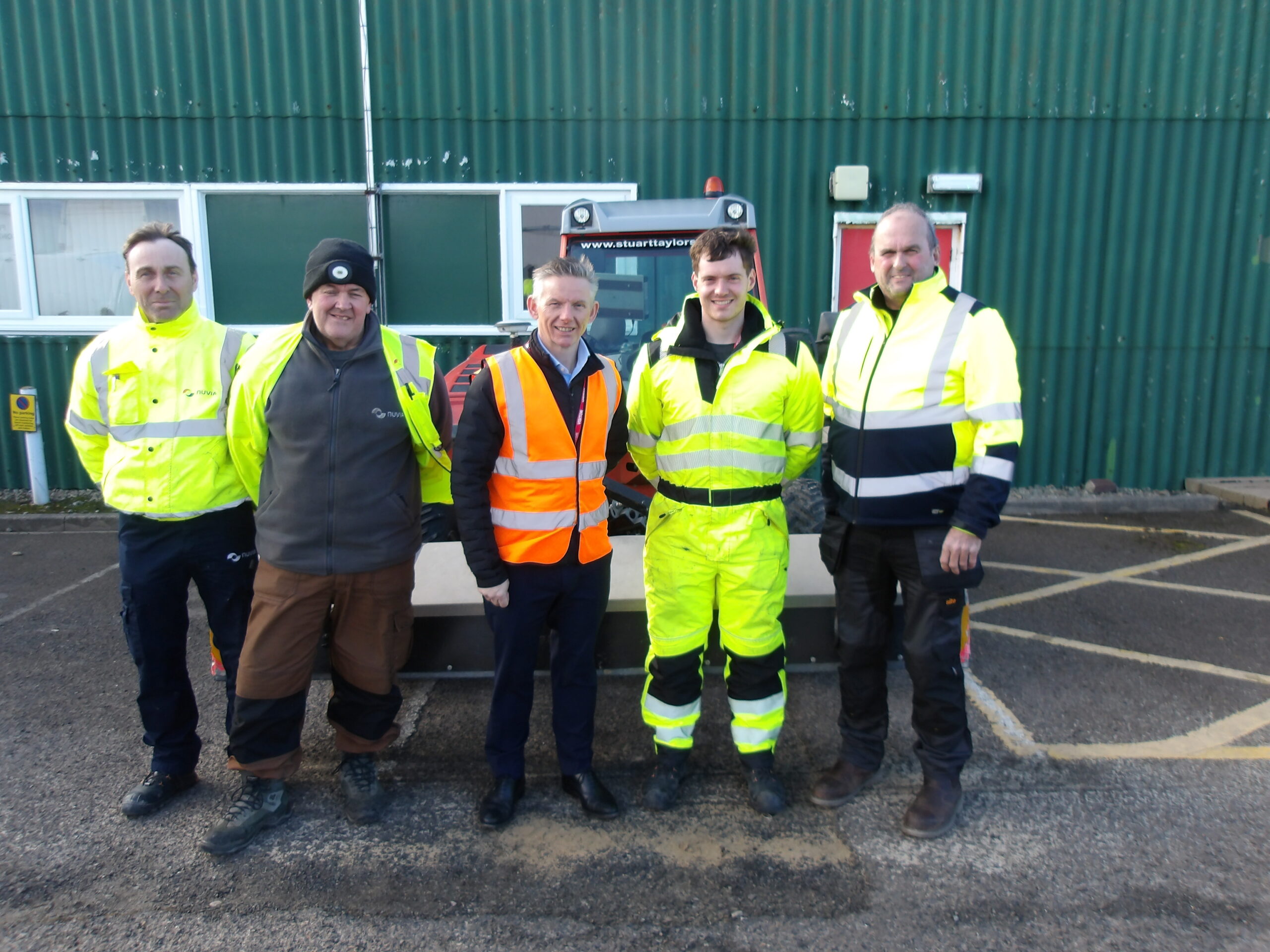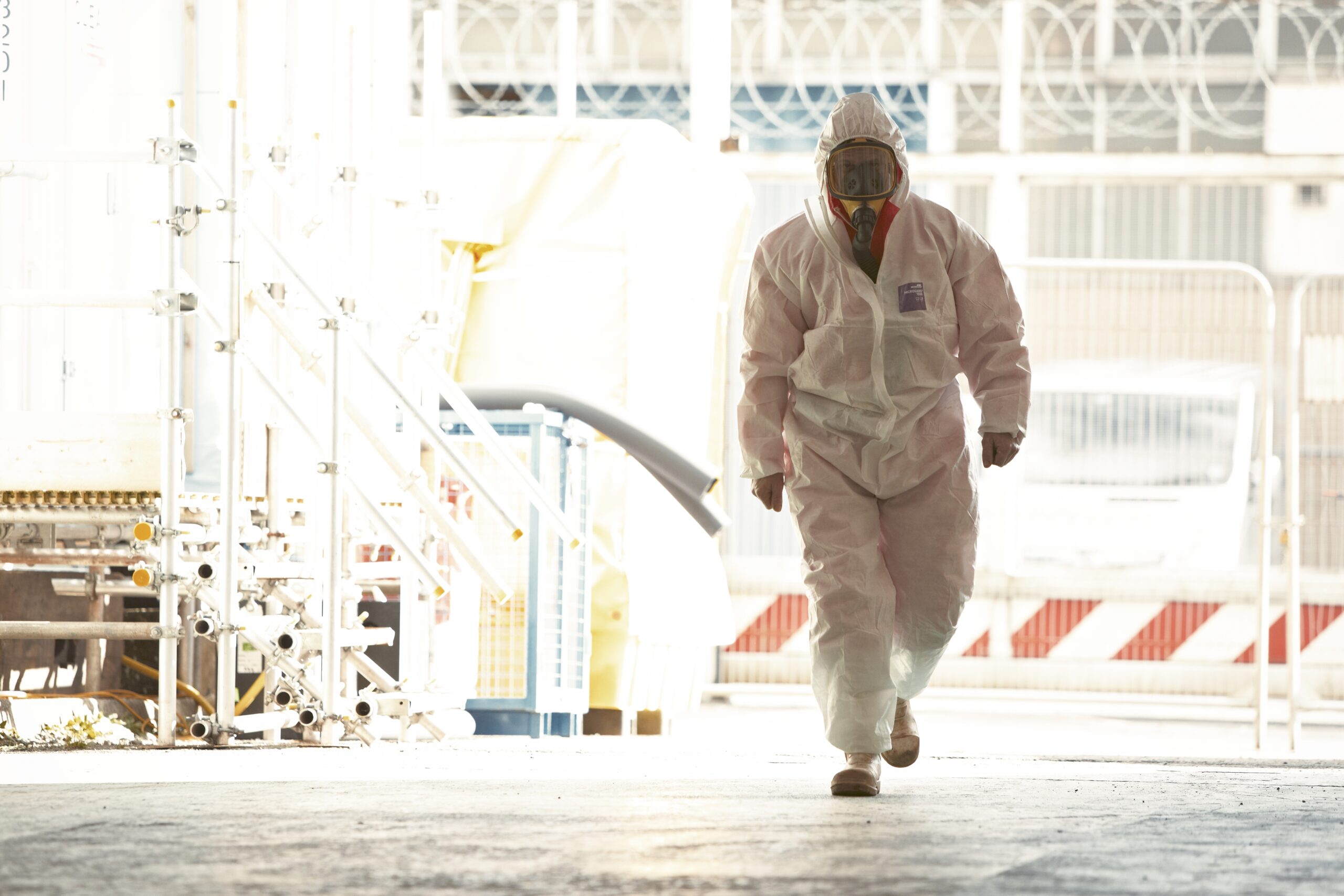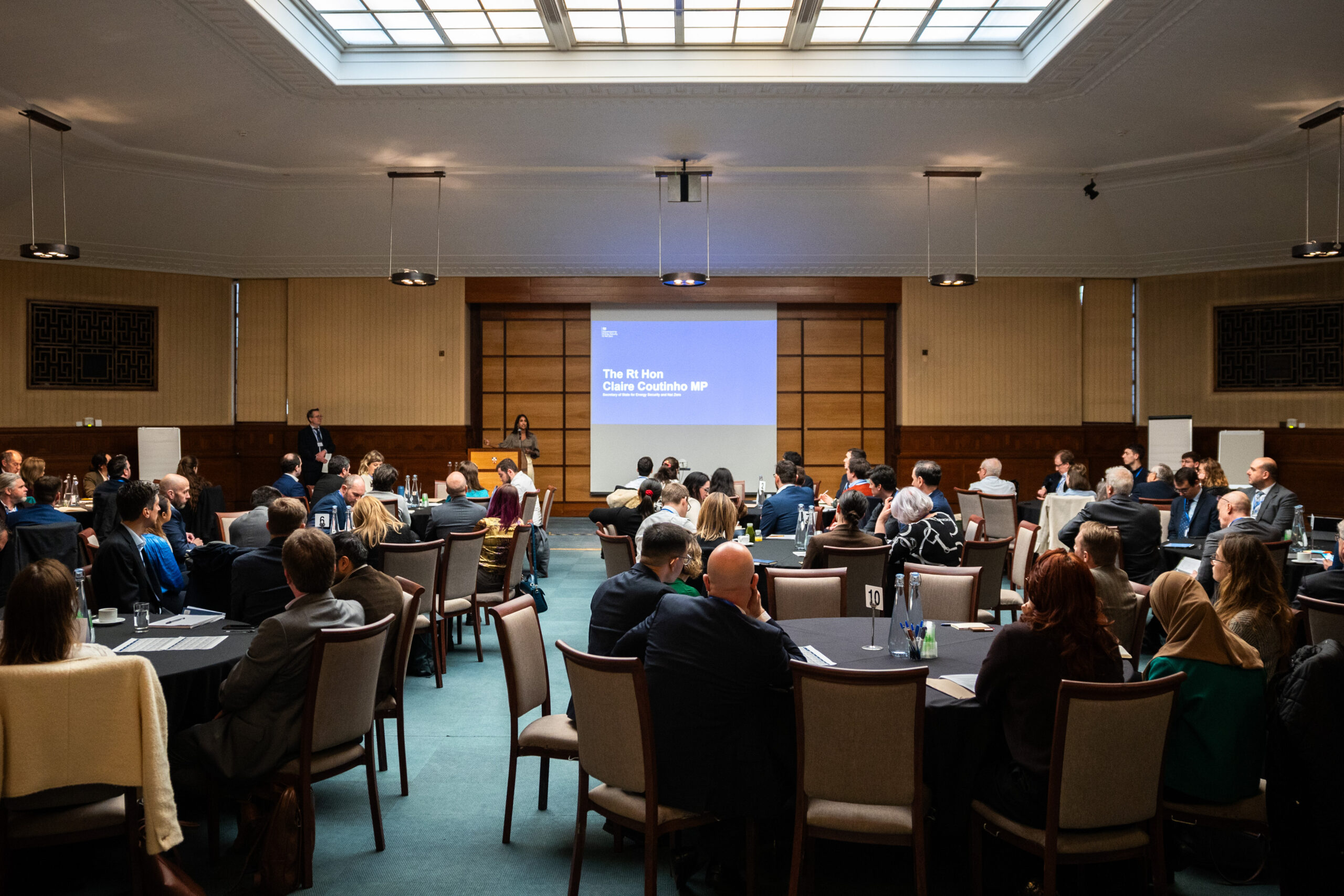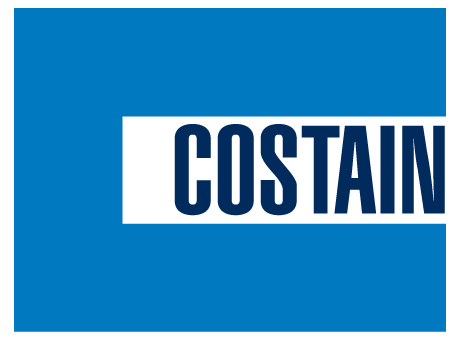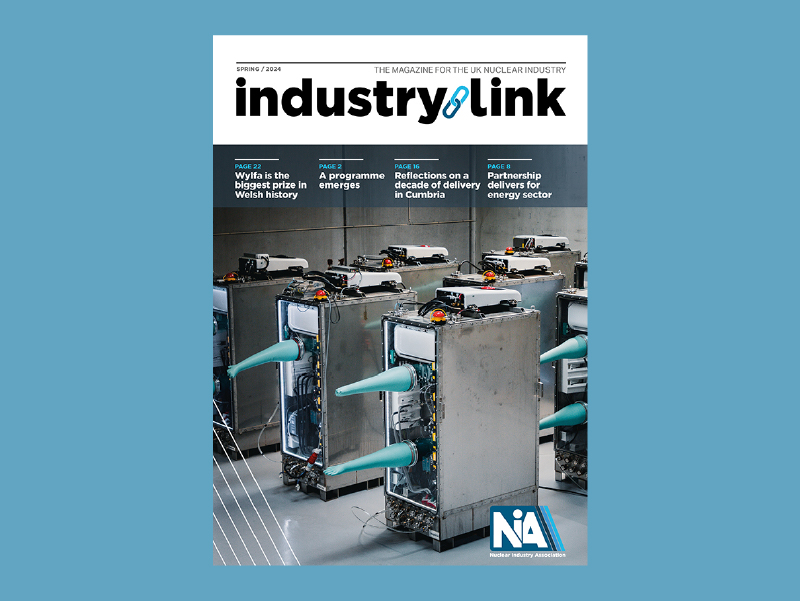NUVIA is delighted to partner with Oxford Sigma, the University of Oxford and Singapore University of Technology and Design.
Oxford Sigma is leading a partnership with the University of Oxford, NUVIA, and the Singapore University of Technology and Design (SUTD) to solve key materials challenges of liquid lithium breeder blanket designs for fusion energy as part of the United Kingdom Atomic Energy Authority’s (UKAEA) Small Business Research Initiative (SBRI): Fusion Industry Challenges: phase one.
“At present, there are no clear materials that could withstand the environmental conditions faced by liquid lithium in fusion breeder blankets. Oxford Sigma has proudly partnered with the University of Oxford (my alma mater), SUTD, and NUVIA to ensure this challenge is not a showstopper for the fusion industry.” ~ Dr Thomas Davis, CTO, Oxford Sigma
Together this partnership will establish the first step in building a UK capability in liquid lithium corrosion testing, for fusion reactors and will achieve the following:
- Identification of key fusion materials, that are compatible with liquid lithium for breeder blanket technology
- Further development of novel alloys, that the teams at Oxford Sigma and Singapore University of Technology and Design are researching
- Application of NUVIA’s experience in handling large scale radioactive liquid metal coolants, to form a UK capability, in handling tonnage level of liquid lithium for fusion energy.
- Commercial development of UK capability and service offering for the fusion industry
- The overall outcome of this project will accelerate the development of the disruptive breeder blanket technology.
“NUVIA has been supporting the development of fusion energy for over 30 years and are delighted to be partnering with Oxford Sigma to investigate one of the key areas that will determine the feasibility of using currently planned materials in commercial fusion machines.” – David Price, Key Account Director, NUVIA
“We are delighted to be working with this group to address what we see as one of the key technological barriers to commercial fusion. Building on our initial work in Oxford I believe we can make a big difference to accelerating the development of a working tritium breeding module.” ~ Professor David E.J. Armstrong, University of Oxford
“We are excited to be a member of this collaboration that aims to address a critical problem in the path towards sustainable energy from fusion. At SUTD we are developing new materials for the nuclear fusion industry by combining high throughput synthesis and analysis of next-generation corrosion resistant materials.” – Dr Matthew J. Lloyd, Research Fellow, SUTD
The Partnership
NUVIA, a leading nuclear engineering company has a long history of in handling large scale liquid metal coolants in fast breeder reactors, which will be crucial to this project.
Oxford Sigma has a track record of developing novel solutions in materials and in-vessel components, such as breeder blankets. It has its own patented technology in breeder blanket design and is collaborating on alloy development with Singapore University of Technology and Design, to rapidly screen prototype tungsten alloys across a large compositional range. The company holds strong links with the University of Oxford and will be partnering with its Department of Materials to test fusion materials, in relevant liquid lithium conditions in order to identify suitable candidates.
The background to the challenge.
Nuclear fusion reactors require tritium to be continuously bred online, to offset the quantity of tritium consumed during operation. These devices, called breeder blankets, surround the fusion reactor core and experience extreme radiation damage, high operational temperatures, large magnetic fields, corrosive environments due to the presence of liquid metal coolants, and tritium permeation through the walls. Neutron activation of lithium-6 is used to generate tritium, which is the hydrogen isotope used as fuel for a fusion reactor. These blankets are essential to enabling fusion energy as a source of electricity; if these devices cannot be constructed and operated reliably with sufficient performance, then fusion energy will not be commercially successful.
A key unsolved challenge in liquid lithium-based breeder blankets designs, is the development of materials that can resist the extremely corrosive nature of liquid lithium at operational temperatures. Since the 1960s, there is insufficient literature data on lithium corrosion with compatible fusion materials. Identifying suitable materials is one of the key challenges to demonstrate the technical feasibility of liquid lithium-based breeder blankets. Therefore, it is imperative that liquid lithium corrosion resistant candidate materials are discovered, to demonstrate this disruptive blanket technology. If this can be achieved, the technology can improve the availability of fusion reactors by improving the tritium breeding ratio and reducing the power requirements, which will accelerate the commercialisation of fusion energy.



